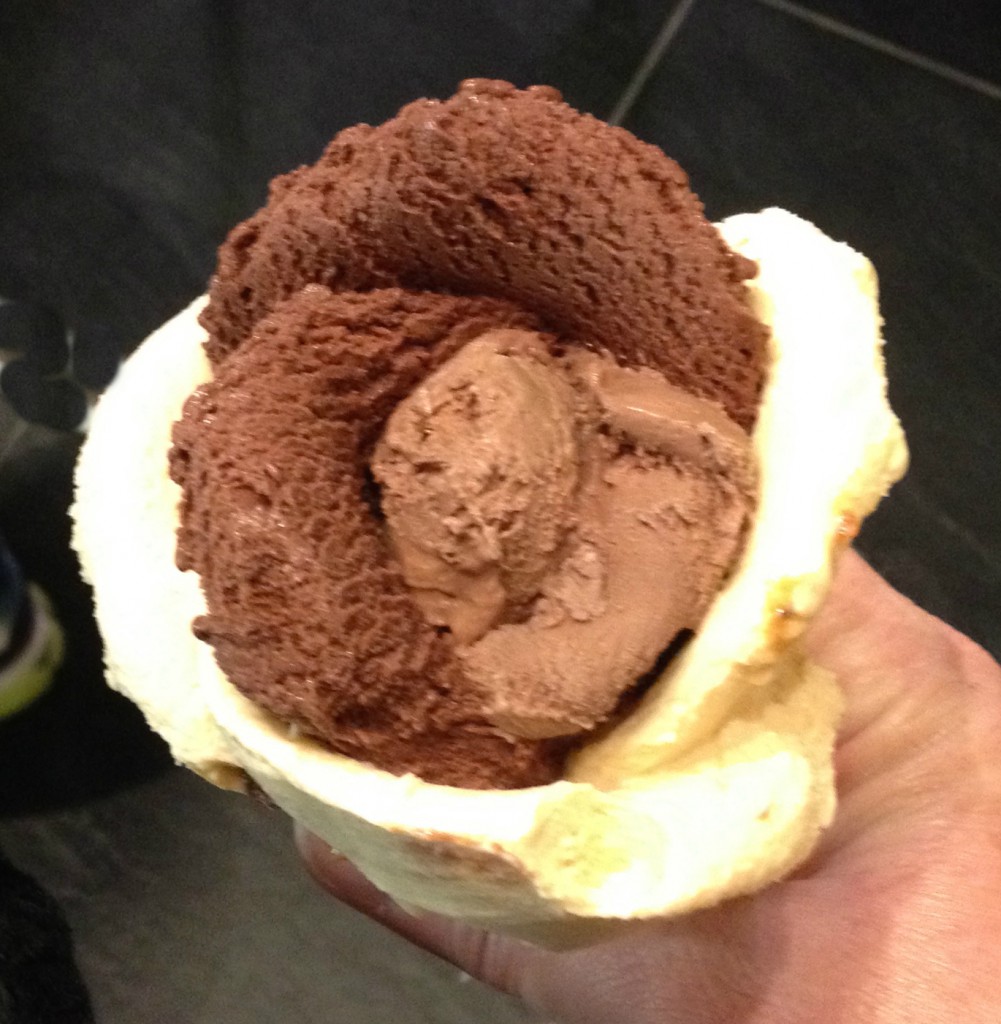While in Malta I had the opportunity to see several locally grown foods. I visited an eco-friendly family farm that grew tomatoes in a greenhouse. After growing season they sterilized the soil by flooding the greenhouse and allowing the heat of the sun to kill the pests. This farm, like most farms in Malta, is small. Farms in Malta are often less than 2 hectares (4.9 acres), so they need to be very efficient and produce a variety of crops. The farm I visited also processed and sold products made from local produce, including lemon marmalade, olive oil, honey, fig jam, sundried tomatoes, and lemon liqueur. Their company is called Sunripe (https://www.maltasunripe.com/). In 2010, agriculture workers account for about 10.6% of the economically active population. In the United States less than 2% of the population are engaged in agriculture.
Since Malta is an island one would expect fishing to be a major employer. In reality, it comprises a rather small part of the economy. In 2004 there were 455 full-time professional fishers and 848 part-time, with less than 1% being females. The village of Marsaxlokk is home to most of the fishers. The traditional fishing vessel is the luzzu. It is pointed at both ends and painted bright colors. Boats have a pair of eyes painted on each side to protect the boat from danger and ward off evil spirits. They are referred to as the “Eye of Osiris or Horus.”
A feature of the Maltese countryside is the Prickly Pear Cactus. It is native to the Americas and was brought to Europe by the Spanish. Prickly Pears are quite large and prickly, so they provide a natural barrier against intruders and the wind. They thrive in the hot, dry and sunny summers, producing fruit in August and September. The fruit can be eaten or fermented to produce bajtra, which is a popular Prickly Pear liqueur.

Amorino https://www.amorino.com/en/
Gelato has less fat than ice cream. While ice cream is normally heavy on the cream and has a fat content of at least 10 percent, gelato uses more milk than cream, and generally also uses less egg yolks — if any.
- Ice creams are churned faster and harder than gelato. Ice creams typically increase in volume (with air, through churning) by at least 25 and up to 90 percent. This makes them a little fluffier. Gelato is churned at a much slower pace, keeping it dense (and sometimes more flavorful).

WATCH FOR NEXT BLOG….. Recycling in Malta andEurope













Leave a Reply